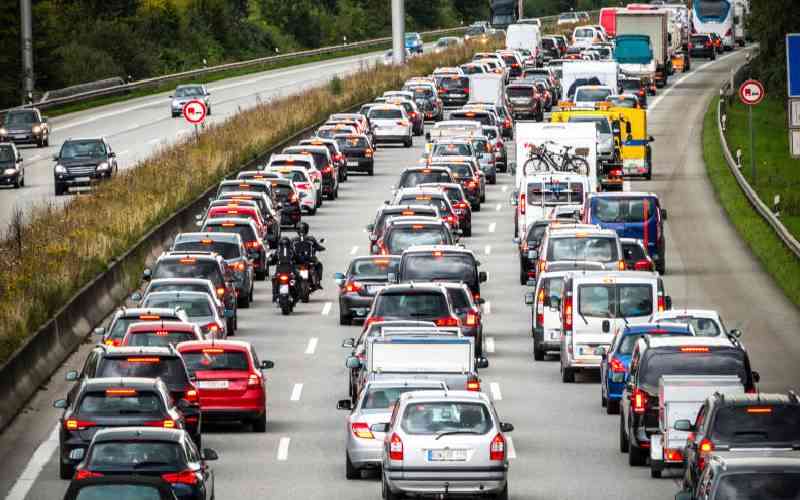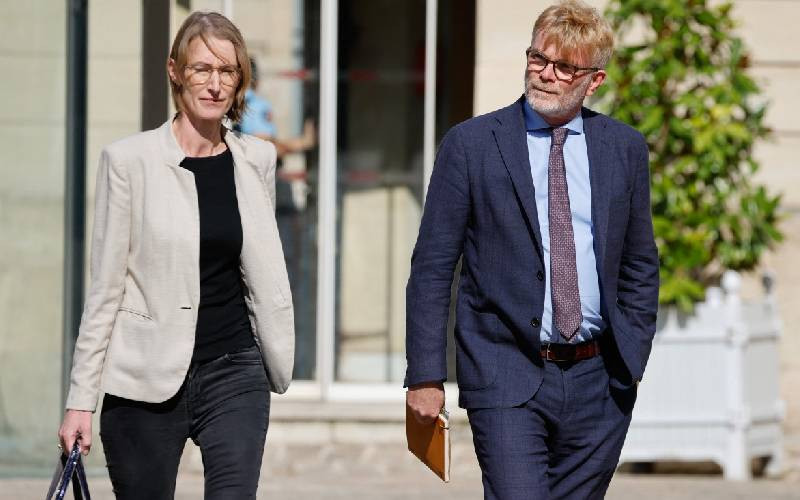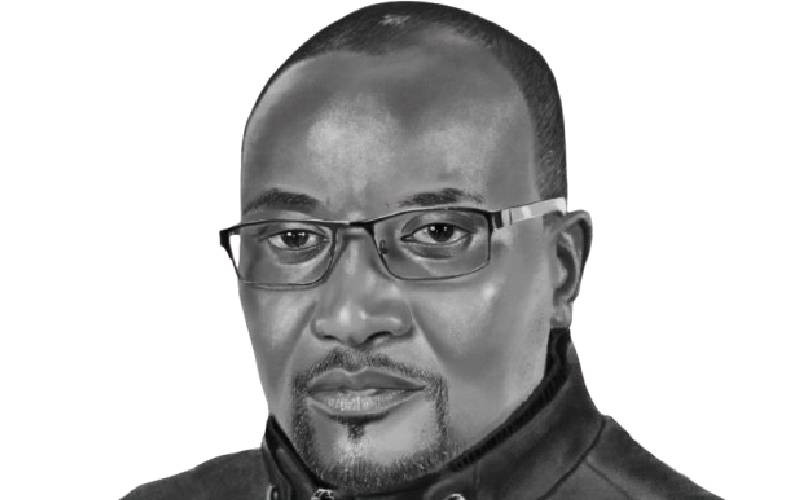By John Njiraini in Berlin, Germany
The enormity of evil committed behind Germany’s infamous walls is difficult to comprehend.
To first time visitors, an aura of grief still hovers around the Memorial and Museum Sachsenhause Concentration Camp on the outskirts of Berlin.
For Germans, the memories of atrocities committed by Adolf Hitler have refused to fade away.
The stories, passed from generation to generation, and the images in memorial museums about the holocaust are scary more than six decades after the end of World War II.
To understand and have a feel of the machine of evil Hitler built after assuming power in January 1933, Sachsenhause paints the grotesque picture of one of the gruesome and horrific madness of the 20th Century.
Model camp
Built in 1936 and located only 35km from the German capital, Sachsenhause was planned as a model camp.
In the thinking of the SS (Schutzstaffel), Hitler’s special police unit that perpetrated the atrocities, the camp was to be a ‘modern’ facility in the business of extermination, or better still, mass murder.
"Concentration camps were a focal point of the holocaust. This was designed as a modern age camp that could satisfy the requirements of the Nazis," says Nicolaus Schutte, a tour guide at the memorial.
Camp architect Bernhard Kuiper described the triangle-shaped 82-hectare piece of land and stretches for 3.4km as ‘Germany’s finest concentration camp.’
Ironically, as the camp was being built, Germany was hosting the 1936 Olympics games that Hitler opened amid pomp and colour at the Olympic Stadium in Berlin.
With world attention fully focused on Germany, The Third Reich used the opportunity presented by the games to reach the epitome of international acclaim.
"The regime was showing itself from its sparkling side," say historical documents at the memorial.
But inside the camp, which took one year to build, the foundations that would later shock the world beyond belief were being laid.
Stay informed. Subscribe to our newsletter
And they would manifest themselves in a most horrifying way.
Political prisoners, homosexuals, the handicapped, criminals, Jews and any member of groups defined by the Nazi ideology as racially and biologically inferior, were rounded up and imprisoned at Sachsenhause.
"All those who did not fit the racist mentality of the Nazi of the ‘perfect’ human being were imprisoned," said Schutte.
Thousands more were transferred from other camps across Germany to Sachsenhousen and to date, its not clear how many inmates were held in the camp.
Torture and death
While the rest of the world was preoccupied with reconstruction after the Great Depression of 1930, inside the camp, it was a daily regime of starvation, disease, forced labour, maltreatment, torture and death in many forms.
For instance, there was roll call every morning, lunchtime and evening no matter the weather. If a prisoner had died in between roll calls, he was laid on the ground to be counted for the last time before his body was burned in the crematorium.
Bathing was twice a week and only if prisoners behaved ‘well’. Even then that was no safe place either, because while bathing, the SS often drowned many in the huge bathtubs inside the barracks.
Using the toilets was only allowed in the morning and evening after the roll call.
Because the prisoners were only given a few minutes to use the toilets, the weak, old and sick often fell on the excrements and the SS did not waste time to torment them.
Making the bed was a ritual, meaning the bed had to be well spread failure to which, a prisoner went without food for three days.
According to Schutte, many prisoners opted to sleep on the floor instead of touching the bed so that they do not spoil the spreading.
Prisoners unable to work had to stand all day long without moving a muscle while the rest toiled.
Indeed on the main entrance to the camp, the first words that confronted the prisoners were ‘Arbeit Machtfre’, which sarcastically translated as: ‘Work will set you free’.
Perimeter wall
Due to the tough conditions and constant torture, many prisoners died.
But this was not the only form of death. At the perimeter wall, there was a section about two meters wide that inmates could not step on.
If a prisoner stepped on the area, it was presumed he was planning to escape and was shot by guards manning the watchtowers.
To encourage more shootings, a guard was entitled for a one-day’s vacation for every prisoner killed. There was also an execution trench where resistance fighters, conscientious objectors and people sentenced by the Nazi Special Courts were executed.
"Sachsenhousen was a place of terror, mistreatment and death," said Schutte.
In 1942, things took a turn for the worse. The Nazi regime held a one-day conference and planned how to execute mass murder.
An ultimate goal to kill 11 million Jews was set and effective methods to reach this genocide agreed upon.
 The Standard Group Plc is a
multi-media organization with investments in media platforms spanning newspaper
print operations, television, radio broadcasting, digital and online services. The
Standard Group is recognized as a leading multi-media house in Kenya with a key
influence in matters of national and international interest.
The Standard Group Plc is a
multi-media organization with investments in media platforms spanning newspaper
print operations, television, radio broadcasting, digital and online services. The
Standard Group is recognized as a leading multi-media house in Kenya with a key
influence in matters of national and international interest.
 The Standard Group Plc is a
multi-media organization with investments in media platforms spanning newspaper
print operations, television, radio broadcasting, digital and online services. The
Standard Group is recognized as a leading multi-media house in Kenya with a key
influence in matters of national and international interest.
The Standard Group Plc is a
multi-media organization with investments in media platforms spanning newspaper
print operations, television, radio broadcasting, digital and online services. The
Standard Group is recognized as a leading multi-media house in Kenya with a key
influence in matters of national and international interest.









